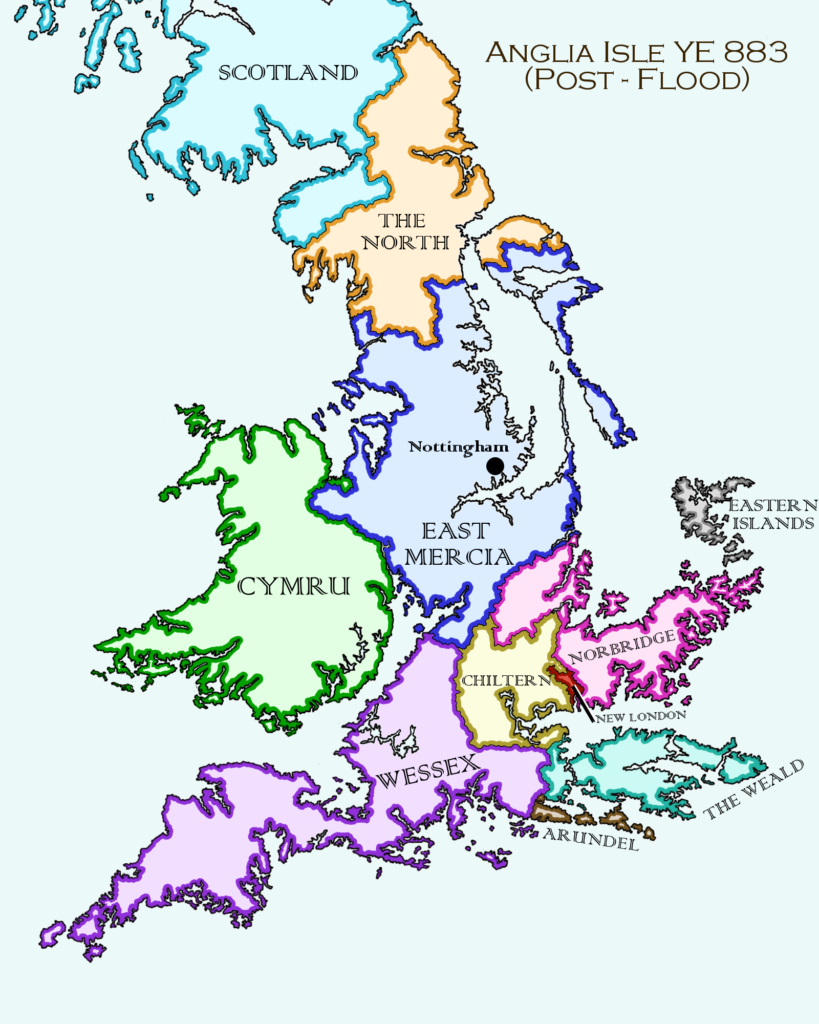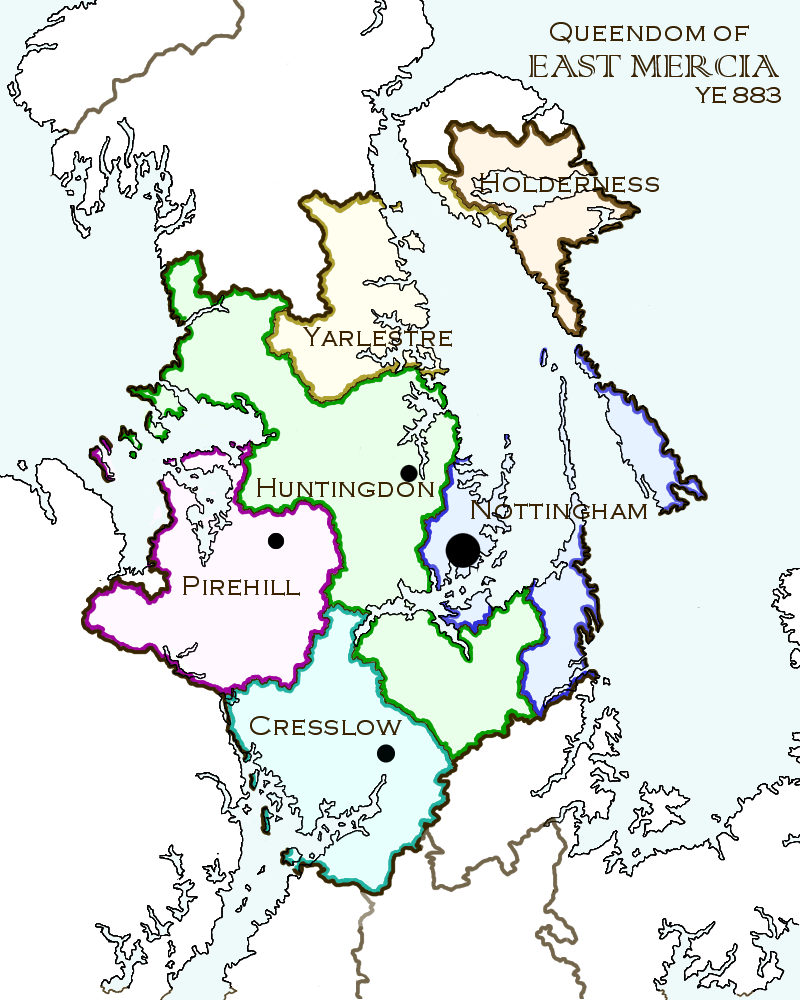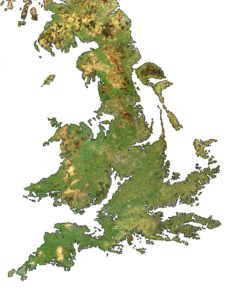Introduction to the World of HOOD
Jump to
Recommended Pages
HOOD is an urban fantasy retelling of the Robin Hood legend set in an alternate present where magic is common, and climate change has already caused catastrophic food shortages and social upheaval.
In this world, there is total equality between genders, sexualities and ethnicities. But there is a huge gap between the rich and poor which has led to rebellion, threatening the stability of the country.
Nottingham is a powder keg – all it needs is a match…
Hycathism and Magical Powers
Hycathae are women who possess the power of magic. Originally believed to have come from the goddess Hecate, recent studies suggest this power is due to a genetic mutation in the mitochondrial DNA which occurred around 3500 BC. There are three levels of ability: Baethlae, Cynthae and Nyridiae, Nyridiae being the most powerful. Hycathic communities unite under the Temple of Hycath. Their religion is known as Hycathism and their non-magic followers, of all genders, are known as Hycathi.
Hycathism (religion)
Hycathism is regulated by the Oculus and led by the Octal, and each country will have its own Oculus and Octal. These spiritual leaders have jurisdiction in the Hycathic community and mete out punishments. The worst punishment that can be inflicted upon a Hycatha is a Reckoning – trapping the person and her powers into an object known as a Reckoning Hold.
Hycathism follows Hecate’s teachings, based on eight pillars representing the essential aspects of life: Care, Respect, Perception, Resilience, Ingenuity, Benevolence, Dedication and Competence.
Magical Powers and Tiers
Hycathic powers pass along the mitochondrial DNA from mother to daughter. It requires extensive training to use these powers and this is initiated usually by the mother from a very young age. Each level of power – Bathlae, Cynthae and Nyridiae – has different abilities, but all Hycathic power is rooted in nature and science. It cannot be fully wielded without proper education and training; without training, a Hycatha’s powers remain dormant.
Baethlae and Cynthae must touch the object or person they wish to use their powers on, but Nyridiae are not limited in this way and are by far the strongest tier. A Nyridia also needs less time to recharge her energy after using her powers. In the present day all 8 Nyridiae lines have become extinct, and their magic only accessibly through their Reckoning Holds.

Hycathic Artifacts
The powers of a childless Hycatha will transfer into the closest object upon her death. Known as Hycath relics, many exist around the world and they can be used by non-Hycaths to perform magic. These people become Andrathae. This practice is extremely dangerous to their mental health and seen as blasphemous by Hycathae.
Hycath Relics are not to be confused with Reckoning Holds, which are objects created by the Hycathic punishment of Reckoning, which traps both the powers and the Hycatha in an object. Any person, magic or non-magic, who touches a Reckoning Hold will become possessed by the soul of the trapped Hycatha. The possession will end if contact with the Reckoning Hold is broken – though, as the trapped Hycatha is in control, this is difficult to achieve.
History of the Anglia Isle
Our history deviates in 1141 when Empress Matilda, a Hycatha and rightful heir to the English throne, defeated her cousin, the usurper Stephen of Blois, and brought about the close of The First Hycath War.
This marked an important turning point in the political and religious structure of England. Ushering in the First Age of Hycath, the Hycathic matriarchal system replaced the previous patriarchal Catholic church-backed ruling system. It was so significant that, with the Church gone from England, Matilda began a new dating system, making 1141 AD now Year of the Empress (YE) 1.

First Age of Hycath
During The First Age of Hycath (YE 1 to YE 238), the Temple of Hycath flourished as a sociopolitical power. Empress Matilda I divided up her country into sixteen Marcdoms to be ruled over by influential women under her command. England was now a pioneer state in rejecting the Church and society was extensively remodelled, with a strong focus on science and education. Hycathism, now the officially designated religion of England, was openly practised and encouraged, and numbers of Hycathi rose exponentially.
Hycathism spread to Europe and in the late 2nd century YE, Empress Ivette of England became involved in the affairs of the French crown when she protested the Salic law laid down by the Avignon Papacy. This prohibited female succession and thus prevented the daughters of King Charles IV from inheriting his throne. English and Hycathic meddling with papal affairs eventually climaxed with the Sacking of the Vatican in YE 238, which destroyed the Catholic Church’s seat of power. Hycathism now became the main religion across Europe, but persons of all faiths were tolerated.
Following this victory, Matilda VI declared herself Hycath Empress of Europe, but her expansionist policies were unpopular and she was murdered. Lacking a direct heir to the throne and to avoid potential decades of civil war over the English succession, it was decided to split England into smaller countries and grant the Marcdoms sovereign status. Thus, England became the Anglia Isle and the Second Age of Hycath began.
Second Age of Hycath
The Second Age of Hycath (YE 238 to YE 533) saw the Hycathic faith spread across Europe, ushering in an age of reason and science. Great innovations were made in transport, which allowed Hycathic missionaries unprecedented opportunities to explore further. As technology improved and spread, it brought increased wealth and a general improvement of living conditions to all.
During this time, the ban on male inheritance was relaxed and male heirs became able to inherit if there was no female member of the family available to take the title. The Oliver family, a prominent East Mercian dynasty with only male heirs in the first line, but a female heir in the third line, protested this practice, leading to their failed Coup of YE 309. The Olivers were subsequently banished from East Mercia, seeking refuge in the neighbouring Queendom of Rochdale, where they worked their way up to eventually become part of the Rochdale royal line.
The Olivers then waged a campaign against the other Queendoms to fight for equal rights. Known as the Acorn Uprising, due to the Oliver family crest of an acorn against a hill, the conflict began in YE 531 and ended two years later when the Olivers were defeated by the combined forces of Cymru, East Mercia, Ripon & the Archmarcdom of The North. Following the uprising, the law was changed to give equal inheritance rights to male and female heirs, leading to the Age of Equality and a first King for East Mercia: John I.
Age of Equality
Though Hycathism remains the dominant religion to this day, The Age of Equality (YE 533 to YE 755) ushered in a more agnostic era where many eschewed religion in favour of a more scientific explanation for Hycathic abilities, which focused on genetics.
The era is also sometimes less charitably referred to as “The Age of Greed” due to the huge industrial and commercial boom as technological development accelerated at an unprecedented rate. As wealth increased, there was a marked rise in patronage of the arts, leading to huge leaps in artistic and architectural innovations.
The Age of Equality ended with the Second Hycath War (YE 752 to YE 755), a series of armed conflicts between the allies of the infamous Hycath Blomgren sisters and the rest of Europe’s population.The strong Nyridiae and Cynthae sisters seemed unstoppable for the first two and a half years, but this began to change as more and more Hycathae joined the fight against the sisters. Through this joint effort, the Blomgren sisters were finally defeated and Reckoned. Their Reckoning holds became known as the Phoenix Stones.

The Change
Unfortunately, the advancements of the Age of Equality, with its increased carbon dioxide emissions, led to global climate change – commonly known as “The Change”. The polar ice caps melted, resulting in global sea level rise and high temperatures, turning once fruitful lands into dry, barren ground.
The most devastating event of the Change was the Great Torrent of YE 781 which flooded vast areas of Europe and the Anglia Isle, forcing the population to leave their homes and migrate to the remaining large cities. East Mercia was one of the worst affected areas with the landmass reduced by approximately 30%. The sea swallowed several agricultural estates and caused considerable damage to others; changing temperatures – from scorching hot summers to freezing winters – made agriculture in some regions near impossible. Millions of people died of starvation, which drastically reduced the world’s population. This period is known as the Long Famine and ended in YE 827.
Although it was never scientifically proven, many blame The Change on the Second Hycath War and the Hycathae, causing the Hycathae to flee from their homes and find a save haven in the deserts of north-western Africa. With the magic of the Phoenix Stones they created the fertile city of Al-Murooj, also known as the Promised Land.
Present Day East Mercia
The Queendom of East Mercia is a country of the Anglia Isle, located in the middle of the Isle. Its capital city is Nottingham and with a population of 12 million, it is the largest and most populous country of the Isle. Outside the major cities and towns of the Queendom, much of the land is rural, dotted with small villages.
Monarch and politics
The current monarch (in YE 883) of the Queendom is King John II of the House of Fitzwalter, who have been on the throne since the creation of the Queendom in YE 283. King John rules the country with the support of a council of five Wardens, the heads of the other High Houses. Each of these families rule over their own Marcdom as Margraves. Robyn is the head of the second most influential family, the Loxleys, who oversee the Marcdom of Huntingdon. As the head of the family she is the Margrave of Huntingdon, Warden of the Guards and Commander of the East Mercian Army.

Nottingham
Nottingham is the capital of the Queendom of East Mercia. It lies on the Isle’s eastern coast, at the confluence of the Rivers Trent and Derwent. Since YE 878, the city has been divided by a huge Wall, creating different living circumstances:
- Inside the Wall is the Inner Circle: Home to all administrative and government buildings, and Nottingham’s wealthiest citizens. Here, people live in luxury, well paid and well fed despite the ongoing famine. The Sheriff oversees her security forces from The Eye, in its central tower, and armed guards patrol the wall.
- Outside the Wall is the Outer Circle: Conditions grow worse the further people live from the wall. Most homes are still habitable, but public services have not been maintained and health care is erratic. Some people are employed inside the wall, but most scrape a living as best they can from the land or through trades. Guards are a constant presence and corporal punishment for minor offences is meted out on the street; serious offences can land culprits in the pits, where they will publicly fight for their lives.
Promised Land Campaign
The Change left East Mercia with dwindling resources, but in YE 872, news came of enhanced seeds rumoured to be able to grow in seawater, under the harshest of conditions. Developed by Hycathae in the north-African city of Al-Murooj, also known as The Promised Land, they were exactly what East Mercia needed. But when four years of diplomatic negotiations failed, King Richard IV led an army to Al-Murooj, intending to take the seeds by force. As an officer in the armed forces, Robyn Loxley went with him.
When their siege tactics failed against the self-sufficient city, Richard ordered his army to attack. However, Al-Murooj had the protection of the Red Phoenix and the East Mercians could not overcome its power. The fights were short but brutal, and by the time East Mercia was defeated several weeks later, they had sustained heavy losses. Those not taken hostage returned to Nottingham without Richard and Robyn.


